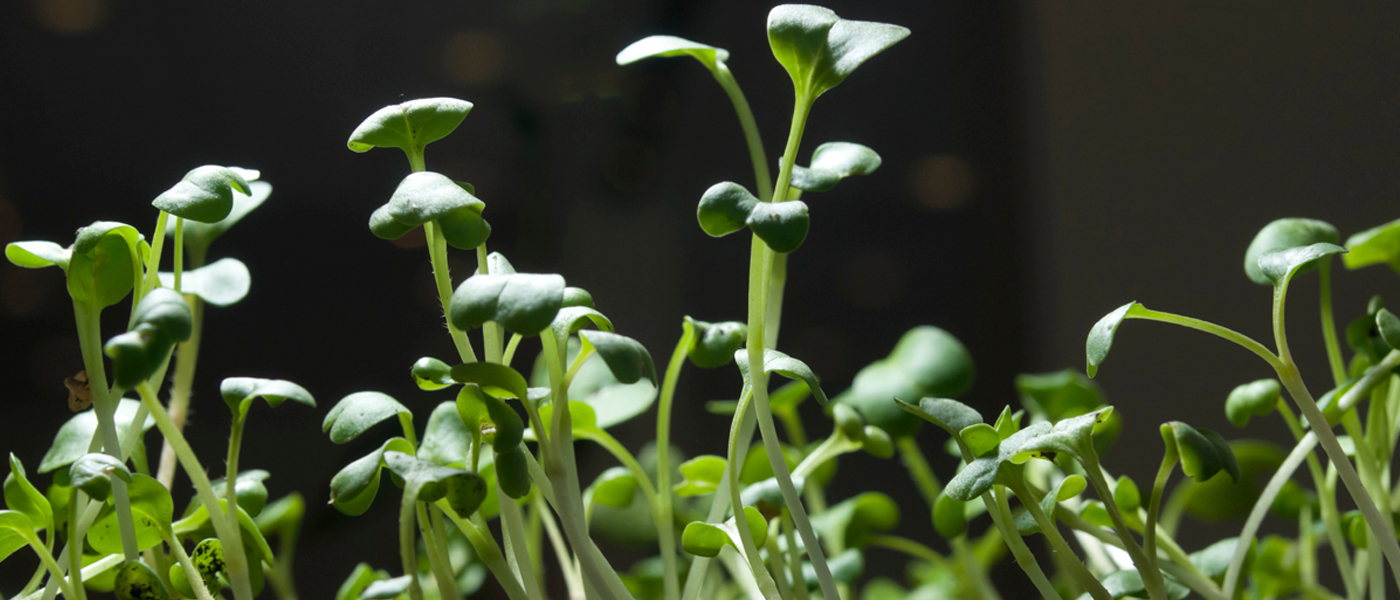
Though seed catalogs fill our mailboxes at this time of year, many gardeners hesitate. They fear starting seeds indoors will be too complicated or difficult or messy. But nature makes it easy. A seed exists to sprout, and given the right conditions, it will do so with great determination.
Sowing Seeds
Seeds of many species can be sown outdoors once the ground thaws. But others—especially annuals and vegetables that come from places with a longer growing season than Chicago—are best given a head start inside where it's warm, beginning in late February or March for some plants.
Expert greenhouse growers carefully fine-tune conditions for different species and varieties, as outdoor floriculturist Tim Pollak does when he supervises hundreds of thousands of annual, perennial, and vegetable seedlings every year for the Garden's displays.
A beginner can start with a dozen plants on a windowsill. Seeds are so cheap that there's no great risk in at least trying the experiment. Start small, with just a few containers and a couple of kinds of seeds, while you're learning the ropes.
The best guide to how to start a particular kind of seeds will be the directions on the seed packet. That's why it's often better for beginners to shop for seeds in garden centers, where the packets are available for reading, rather than from catalogs, where the descriptions may be sketchier and assume you have prior knowledge.
The basic requirements for any seed starting are time, light, a growing medium, cleanliness, water, and attention.
Time is critical. Some species need weeks longer than others. Impatiens, for example, need to be started three months before the last frost date in mid- to late May; tomatoes need just six to eight weeks indoors. Use the seed packet information to lay out your timeline. You'll need to know the average frost date for your area—as early as the first week of May near Lake Michigan, as much as a months later in far western suburbs. That's when you can plan on hardening off most transplants to prepare to plant them in the garden.
Light can come from a sunny window if you are only starting a handful of seeds. Larger numbers will require artificial lights. They need not be fancy or expensive, though; a couple of standard fluorescent tubes in a utilitarian shop light works fine, if the fixture is hung on chains with S-hooks so its height can be adjusted. Install it securely in an out-of-traffic spot so the light can hang about 4 inches above the surface of your pots and can be raised as the plants grow. A lamp timer can turn the lights on and off; they will need to be on about 16 hours a day.
The growing medium anchors the seedlings' roots and holds water for them. But it must be porous enough to drain very well and allow the delicate roots to find their way between its particles. Potting mix is generally too dense; it's better to buy a sterile seed-starting mix.
The mix must be sterile because cleanliness is crucial: New seedlings are very vulnerable to disease. The containers, too, should be sterilized by dipping in a solution of 1 part bleach to 10 parts water. As long as it's clean, though, you can start seeds in anything that will hold a cup or two of soil — cell packs from last year, yogurt cups with holes poked in the bottom or special seed-starting flats.
Water is essential for the whole life of any plant. The mix should be moist when you fill the containers and sow the seeds. Mist the surface of the mix gently with a spray bottle and cover the containers with a plastic dome or tent them with a plastic bag to hold in humidity until the seeds germinate. Set the containers in a warm place, such as on top of the refrigerator or above (not touching) a radiator. Peek daily, and when you see green sprouts, remove the cover so the plants are open to the air and place them under lights or in the sun.
Like small children, seedlings demand daily attention. Read the packet directions carefully to learn how deep to plant the seeds and whether they need light to germinate. You'll want to label the containers precisely, with variety name and the date you sowed. Since seedlings can quickly dry out and die, check often to keep the mix evenly moist but never sopping (bottom-watering often works best). A few weeks after starting, give the seedlings one application of a very weak solution of all-purpose fertilizer. Don't overdo it.
You'll also need to watch the plants' height and raise the lights to keep them just above the leaves. If they are on a windowsill, turn the containers frequently so the stalks don't stretch toward the sun. And if you see any suggestion of disease—browning leaves, darkened stems, white fuzzy stuff—immediately remove those plants to try to keep the problem from spreading.
In a few weeks, you'll be able to move the transplants outside. And in a few months, you'll have broccoli or tomatoes or petunias that you've known since they were brown, dead-looking things in a paper packet. You'll have watched the whole life of a plant unfurl. You'll be hooked. And chances are you'll want to start more seeds next year.
Five plants to start from seed
The best plants to start from seed indoors are those that tolerate having their roots disturbed and those that need a long growing season. Often the best payoff comes from planting interesting varieties that you wouldn't likely find at the garden center. Here are a few to try.
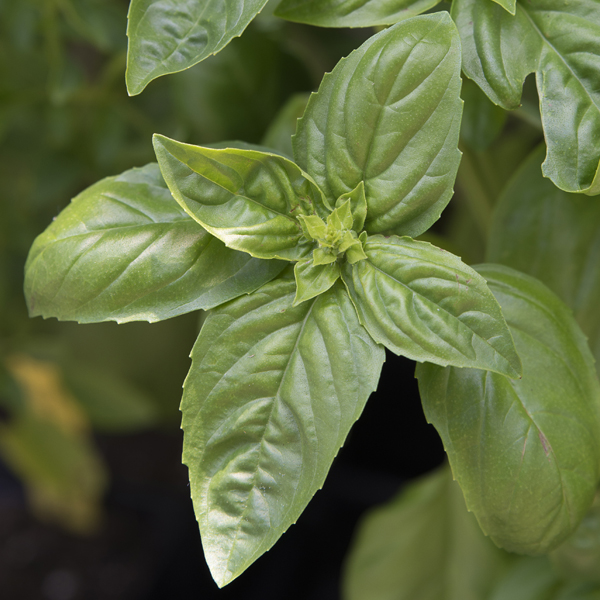
Basil
This favorite aromatic herb should be started four to six weeks before the last frost date. Basil is quite tender, so don't rush it outdoors. Try one of the many unusual varieties—lemon, Thai, red, or cinnamon basil, or a variety with large leaves perfect for adding to tomato sandwiches.
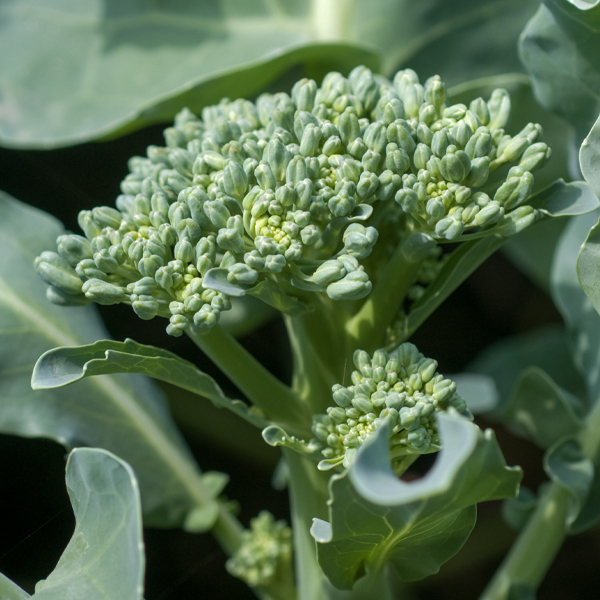
Broccoli
Start seeds indoors the first week in March and transplant the cold-tolerant seedlings outdoors late in April. Broccoli also is one of the fall crops best started indoors to protect them from summer heat. Start them in July and move outdoors in August, when it's not quite as hot.
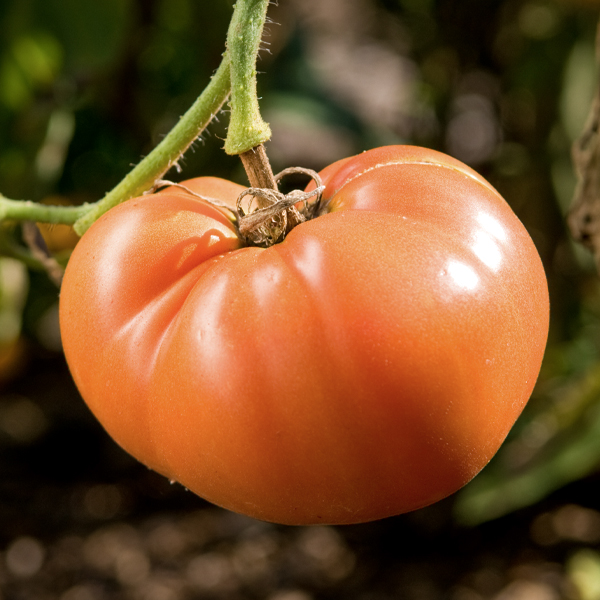
Tomatoes
Everybody's favorite crop, though they can be a bit tricky. For beginners, a disease-resistant hybrid variety may be the best. Start indoors about March 15 and don't transplant until the soil is good and warm.
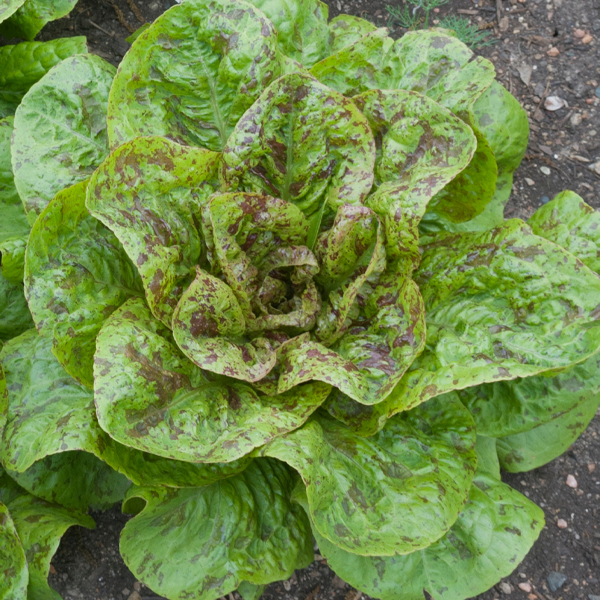
Lettuce
You can direct-sow lettuce seed in the ground after the soil thaws. But if you sow a large container of lettuce seeds indoors in mid-March in a sunny window, you can move the whole thing outdoors in April and start harvesting baby greens just a couple of weeks later.
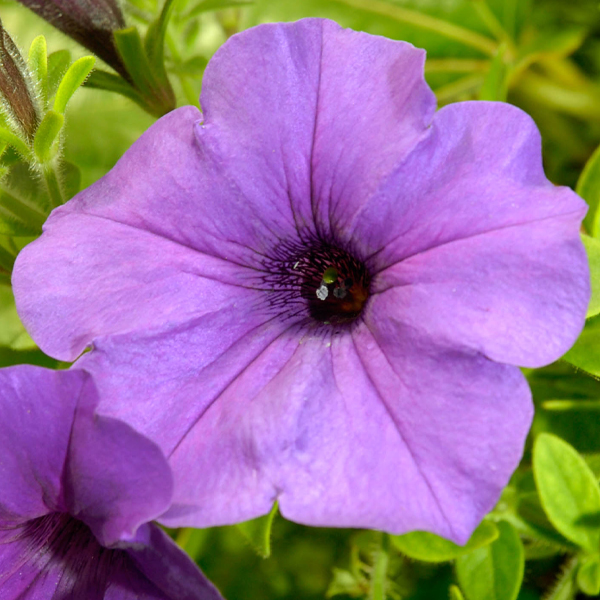
Petunias
They need a long time indoors, so sow petunia seed in early February. You'll plant them outdoors after the last frost date in May.

